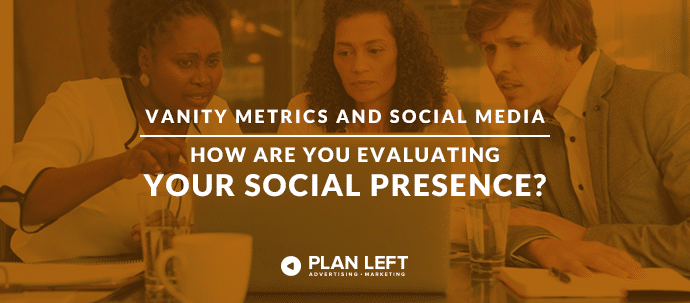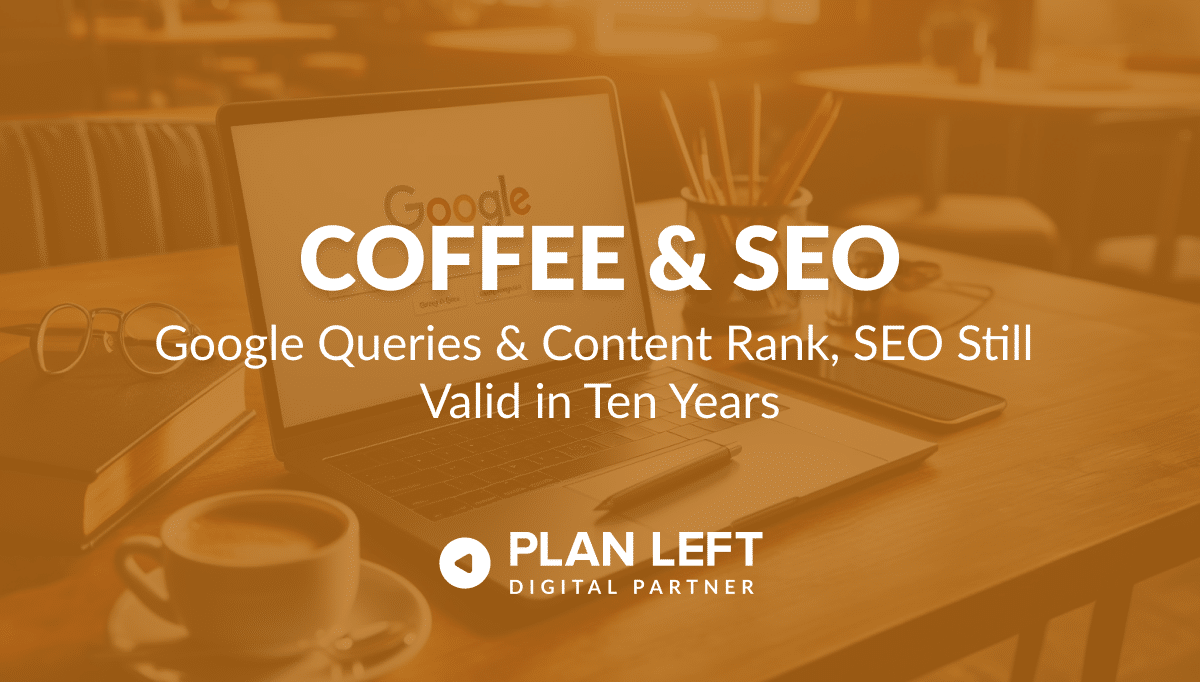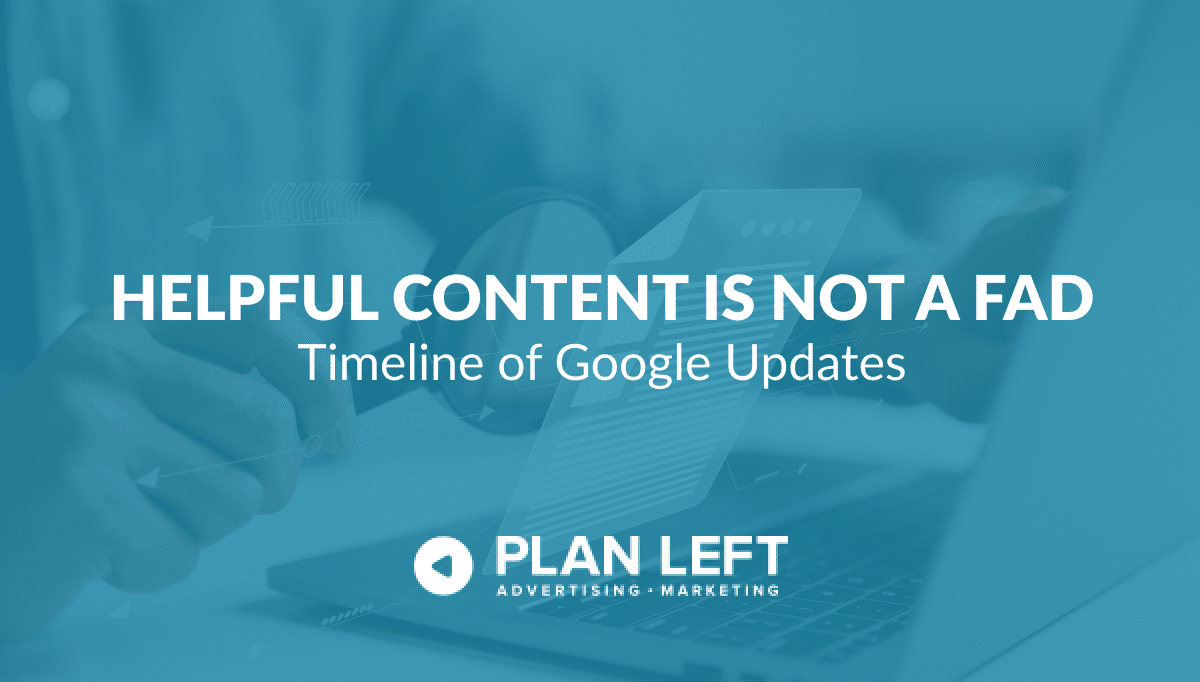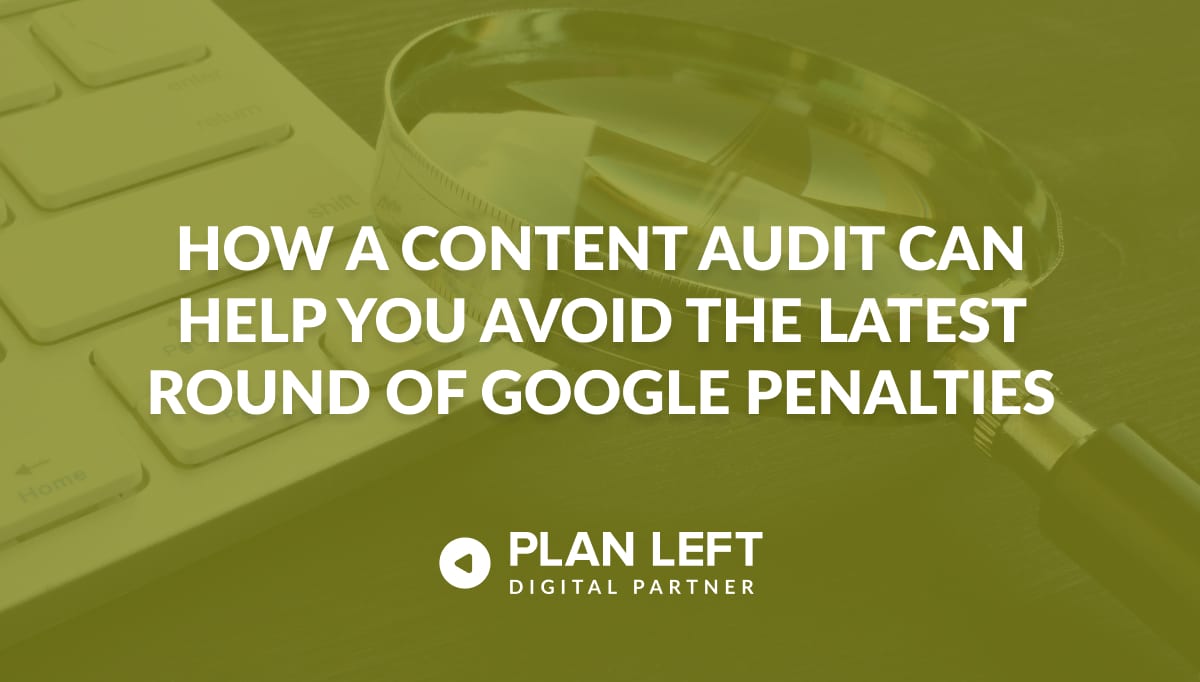
ROI. Budget. Website management. Social media management. SEO know-how. Content creation. Expert branding.
All of these things are part our marketing efforts.
They shape the way we connect with our audiences, the products we produce, and the services we render.
They determine whether we grow, stay-the-same, or (God forbid) become obsolete.
Social media is one of the most important aspects of marketing for many brands.
Yet the metrics many business owners care most about are the ones that matter the least.
Clinging to the wrong numbers, and pivoting your social strategy based on the wrong indicators, will cost you money and misinform you.
How are you evaluating your social media presence?
Measuring Your Social Media Success with Vanity Metrics
When Facebook and social media first burst onto the scene, brands were desperate to gather up as many “likes” and followers as they possibly could.
People are finding you! They’re following you! They’re making the effort to click the “like” button!
They’re engaged with your brand!
But let’s talk about Facebook followers in 2016.
What do they really mean for your brand? Does a brand’s number of followers automatically translate to brand awareness or even engagement?
Based on sheer size, Facebook will obviously outpace the competition when it comes to the amount of engagement most companies receive there.
After all, the social site currently has more than 1.7 billion users. 1.7 billion.
Compare that to the number of users Twitter and Instagram have (300 million and 500 million, respectively), and you can see how Facebook is the social media queen bee.
But with so many people on the site, following brand pages and liking content is no longer a real indicator of engagement.
Organic reach has declined drastically in the past few years, with most brands lucky to reach even 3% of their audience. Newsfeed visibility is highly competitive.
There’s just too much content available, and standing out is tougher than ever.
Facebook also presents pages and content differently than it used to.
Many Facebook users will click “like” on a box promoting your brand’s Facebook page without ever actually visiting it.
Many others are served your content based on what their friends have liked—this doesn’t mean they’re following you or even that they’re familiar with your brand.
The truth is that in 2016, Facebook is becoming more of a paid advertising platform than a place to drive organic engagement with potential customers.
If you have the money to do a Facebook advertising push, you might see your “likes” translate to leads and sales.
If you don’t, you probably won’t–which makes Facebook “likes” (and number of social followers, in general) a vanity metric that looks good but doesn’t mean much.
The Metrics That Matter
It’s time to come out of the dark ages and consider the metrics that actually matter when evaluating your social presence.
In another blow against followers as an important metric, Web Strategies and Marketing Charts showed that the more followers a brand has, the less actual engagement it gets on its content.
This is due, of course, to the increased competition for space on your fans feeds, as available content grows.
Instagram had the most engagement per follower by far, with between 2% and 7% of a brand’s followers engaging with their content, regardless of how many followers they had.
Unfortunately for brands who are targeting older demographics, Instagram isn’t the best place to sink their social media budget.
And they’re left struggling to generate meaningful numbers on Facebook.
So which metrics should you be looking at, you wonder? Which numbers indicate actual connection, engagement and brand awareness for your company on Facebook?
Reach and Engagement
Dominique Jackson at Sprout Social outlined every metric you can evaluate on your business’s Facebook page, including post reach, post likes and engagement.
Among the metrics he highlights in particular are Reach and Engagement.
Your company’s post reach indicates how many people have actually seen something you’ve posted.
It’s valuable because it helps you make decisions about where to put your social media budget.
If your reach is low, is it worth it to sink money behind a paid ad?
If it’s high, can you replicate what you did to repeat the success?
Engagement is another deep metric to pay attention to. It can be measured by a few different behaviors on the part of your followers:
- Reactions
- Shares
- Mentions
- Comments
These elements indicate a much deeper level of exposure to your brand than a mere follow.
Facebook reactions, while still not extensive engagement, indicate a deeper interaction than a Facebook “like”. Because reactions require a user to consider how they feel about a piece of content, getting a “love” or “sad” reaction can help you gauge how your audience is truly reacting to what you post.
Comments, even negative ones, indicate that your brand is being noticed and that your content is inspiring strong feelings.
Shares are another kingpin of engagement indicators. Not only is a follower enjoying your content, they’re sharing with their social circle, giving you free exposure to new potential customers.
Increasing these elements of engagement isn’t easy (or free).
Getting your shares, reactions, and comments up can require ad boosting, switching up your content types, or taking a close look at your posts’ segmentation.
Still have questions? Plan Left can help.
Explore Latest Posts
Google says the quality of your webpage is a ranking factor, but what is ‘quality’ according to Google? That would ... read more
April 19, 2024
In 2011, Google first changed how content was written with the Panda Update by changing how keywords could be used ... read more
April 17, 2024
The latest Google algorithm changes have shaken the search marketing world. While the Google Spam update has finished, the Google ... read more
April 16, 2024
MARKETING insights
Join the Thousands Who Receive Our Twice-Monthly Newsletter.
It's hard to keep up. Our newsletter is packed with buyer behavior insights, the latest marketing and technology updates, work/life balance tips, and—because we ❤️ our support staff—adorable pets looking for forever homes. Only twice per month. No clogged inboxes. You can't say no.




